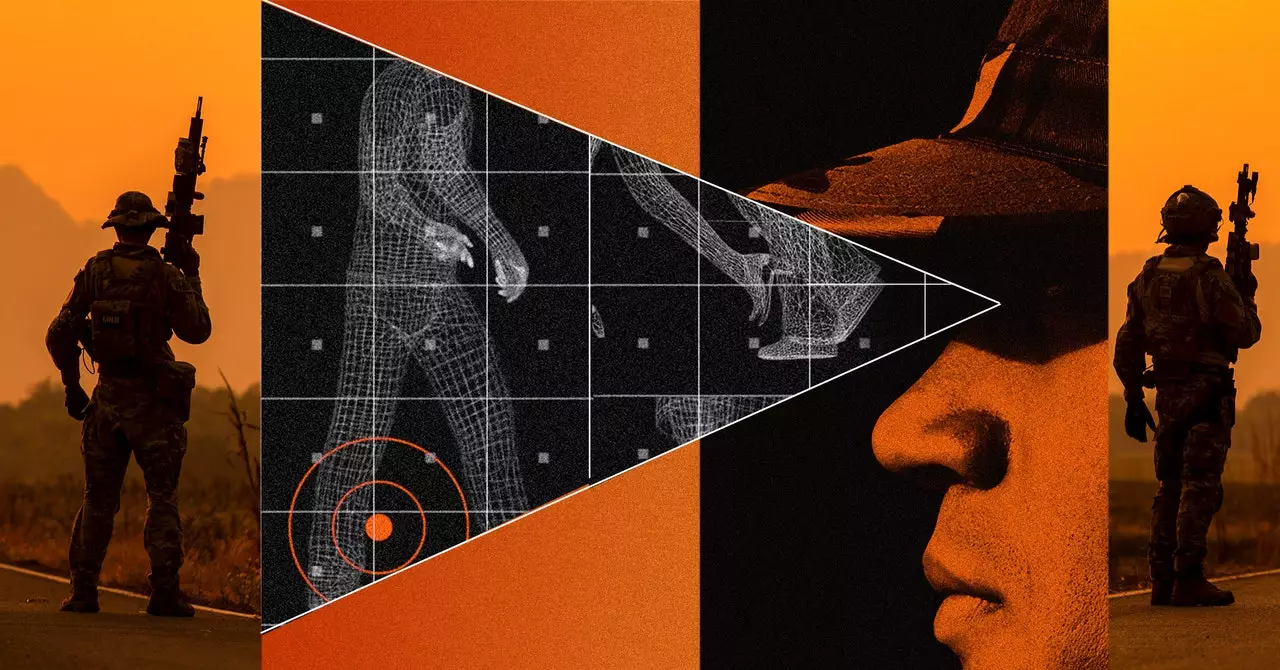As the sun sets on another day, American special operators find themselves deployed in a densely populated urban center in a politically volatile region. The team is on high alert, as local activity has been unusually frenetic, raising concerns about potential threats lurking in the shadows. In an effort to assess the situation and avoid drawing unwanted attention, the operators decide to take a more subtle approach by blending in with the crowds and utilizing cutting-edge technology to gather crucial information.
The hyper-enabled operator (HEO) concept, introduced in 2019 as the successor to the Tactical Assault Light Operator Suit (TALOS) program, represents a paradigm shift in the way US special operations forces will operate in the future. Unlike the ambitious TALOS project, which aimed to create a futuristic “Iron Man” suit for operators, the HEO concept focuses on empowering warfighters with cognitive overmatch on the battlefield. This translates to enhancing situational awareness and decision-making capabilities to outsmart and outmaneuver adversaries.
Rather than relying solely on physical enhancements like advanced body armor and exotic weaponry, the HEO concept leverages cutting-edge technology to provide operators with a significant edge in combat situations. By integrating sophisticated communications equipment, a robust sensor suite, and advanced computing architecture, operators can rapidly collect and analyze critical data in real-time. This data is then distilled into actionable information through a user-friendly interface, such as a head-up display, allowing operators to make informed decisions faster than the enemy.
The core principle behind the HEO concept is to revolutionize military decision-making by accelerating the OODA loop (observe, orient, decide, act). By tightening this decision-making cycle through technology, operators can stay one step ahead of the adversary, ensuring they have the right information at the right time. This proactive approach to information dissemination and analysis enables operators to make smarter and faster decisions, ultimately gaining the upper hand in complex and dynamic combat environments.
While the TALOS program sought to create a physical powerhouse akin to Marvel’s Iron Man, the HEO concept takes a different approach. Instead of focusing on powered armor, the HEO concept channels the essence of Jarvis, Tony Stark’s AI assistant. By integrating AI-driven technology into the operational framework, operators can benefit from real-time data processing, advanced analytics, and personalized insights delivered through their head-up display. This seamless flow of information empowers operators to navigate challenging scenarios with precision and agility.
The hyper-enabled operator concept represents a significant evolution in the capabilities and effectiveness of US special operations forces. By embracing a strategy centered on cognitive overmatch, advanced technology, and rapid decision-making, operators can adapt to emerging threats and dynamic environments with unparalleled speed and precision. As the future of warfare continues to evolve, the hyper-enabled operator concept stands as a testament to the relentless pursuit of innovation and excellence within the special operations community.


Leave a Reply